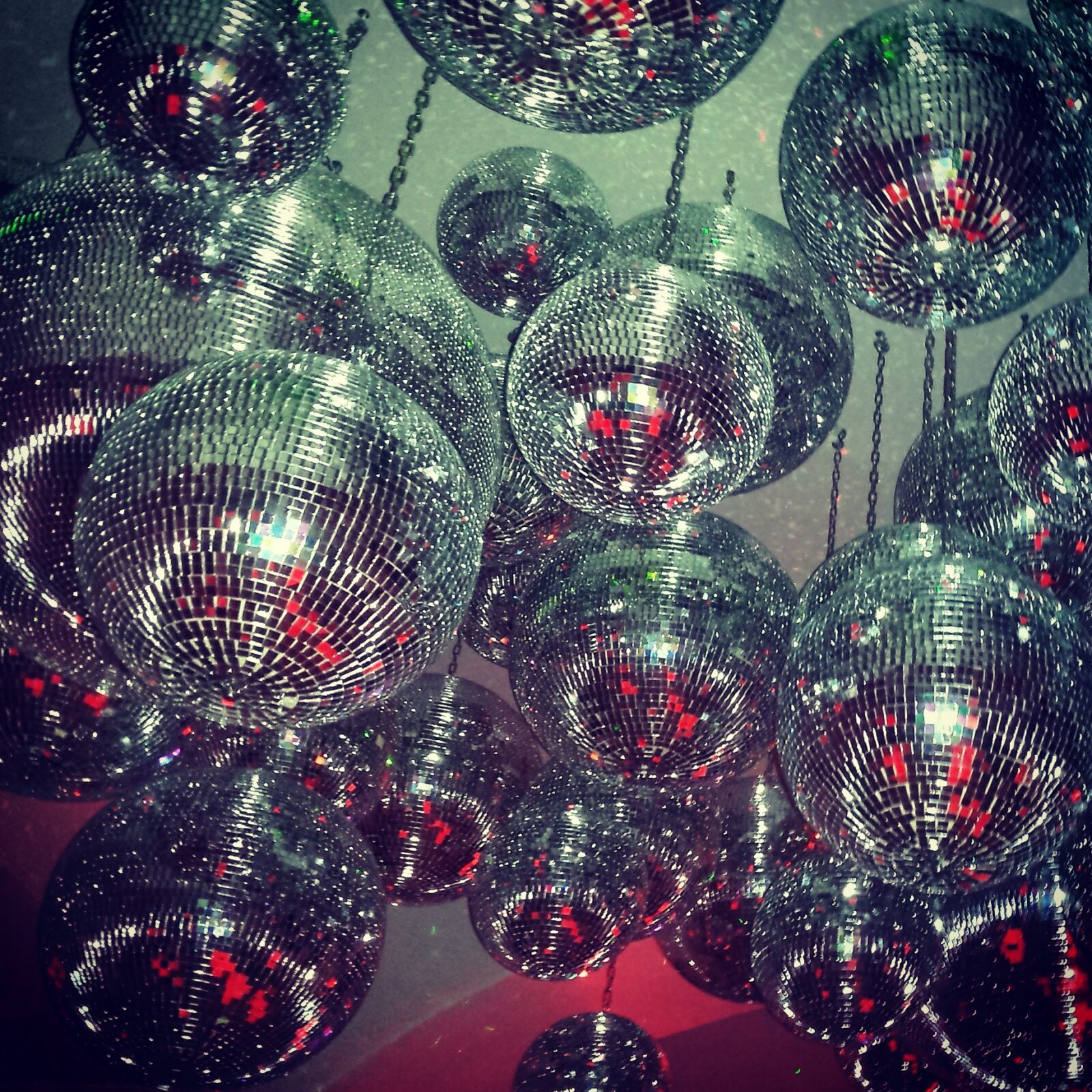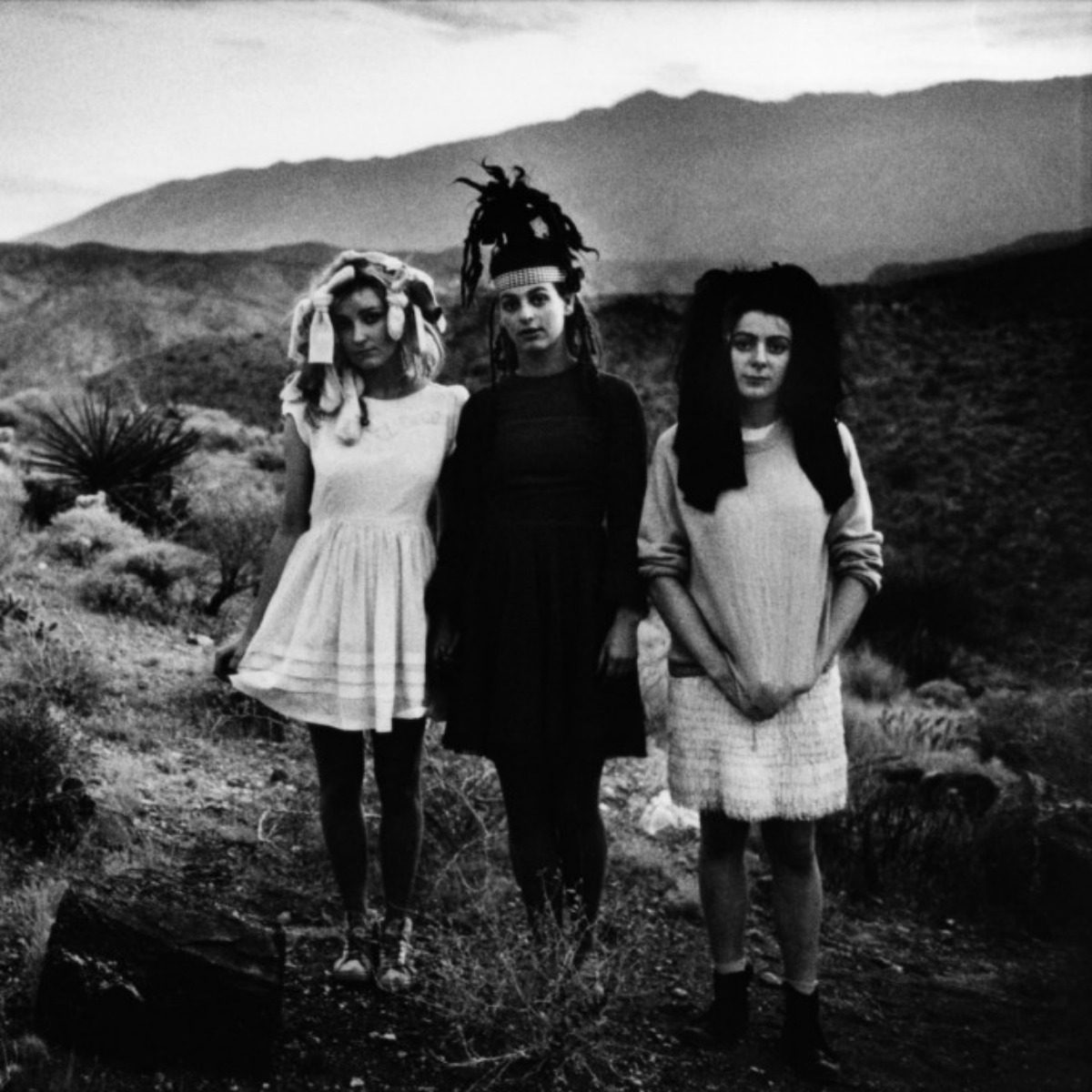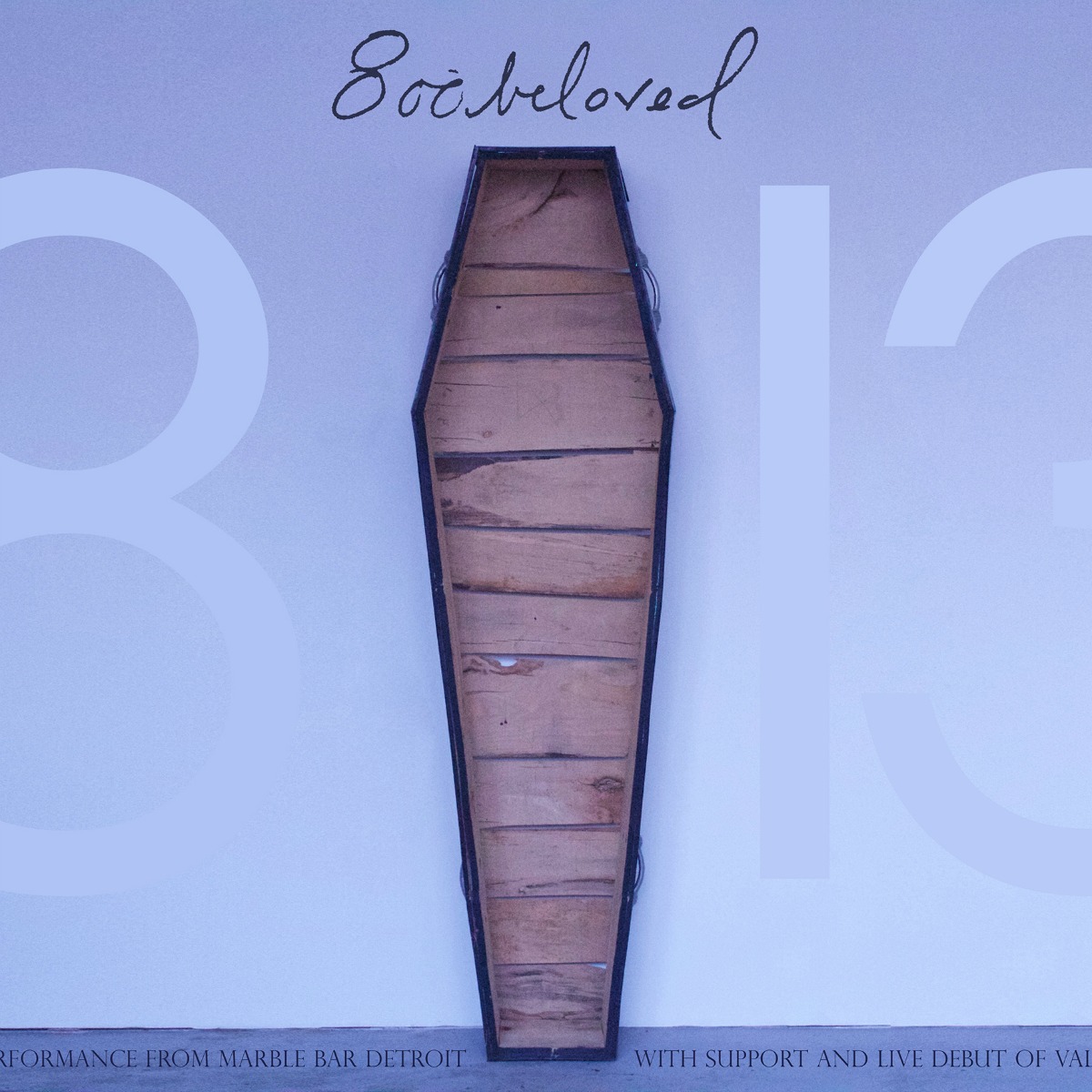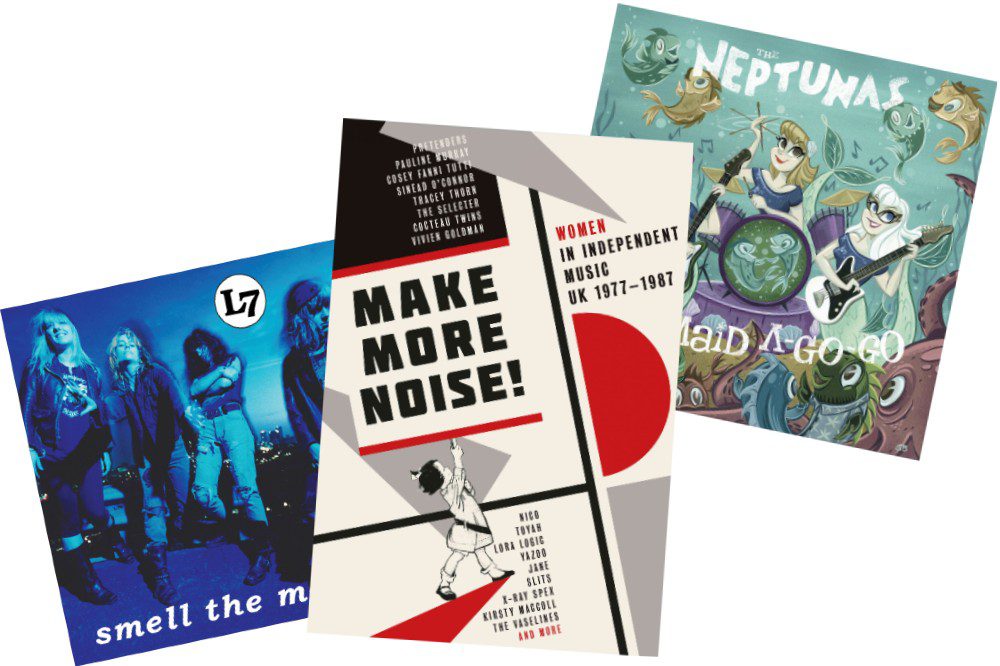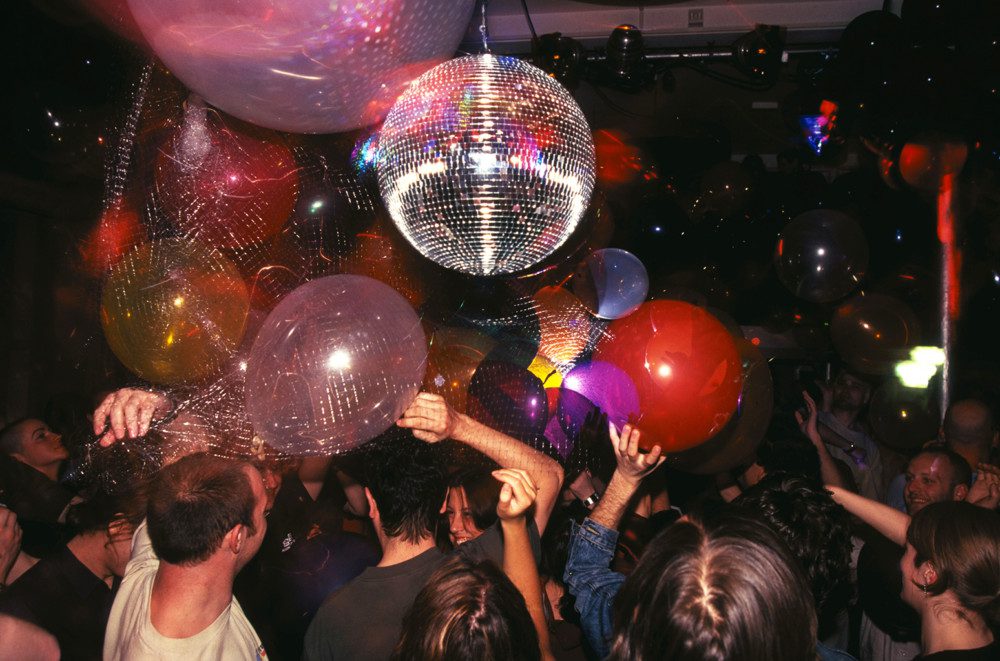
The town I grew up in didn’t have a roller rink. Sure, there was a five-lane bowling alley and a one-screen movie theater, but roller rinks were too big for the bite-sized britches of Arlington, Washington. There are many consequences of a town with no roller rink – namely that it becomes by default a town with no disco ball, and that is no place to live, my friends. Marysville, Washington, the next town over, was no place to live either, but it had something we Arlingtonians did not: a roller rink. With skates, and shakes, and a disco ball.
Songs by Bee Gees, Chic, and Donna Summer did not score my first orbit around the glitter ball. I was miles and decades removed from the wonder years of Studio 54 and Paradise Garage, but the tidal pull of the mirrored globe translates across time and space. With its galaxy of glittering infinity, the disco ball’s only message is: keep moving.
Today marks yet another internet-spawned holiday you didn’t know about: National Disco Ball Day. But before you deck the dancehalls with balls of disco, or flock to Pinterest for mirror ball cake recipes, let’s consider the disco ball in all its pop culture glory. Oddly never out of fashion, disco balls have been spinning for around 100 years, though under varying monikers. Mirror ball, glitter ball, and “myriad reflector” were runner-ups to the genre-specific name that stuck.
An early and particularly odd usage of the sparkly decoration can be found on the Wisconsin Historical Society’s website. A 1912 image of a “Sun Parlor for Tuberculosis Patients” (which was located in the Milwaukee Hospital for Insane, might I add) appears pleasantly mundane – until you glance up at the photo’s topmost edge, and see a mirrored sphere shining down on the vacant room. The image is jarring with its backwards anachronism, giving off a A Kid in King Arthur’s Court feeling of displacement; I scratch my head upon seeing this objet de disco thrust into a pre-disco atmosphere.
The disco ball traces back even further than that however, as Vice’s thump outlet details in their in-depth history of the ball. The disco ball’s first reported appearance cropped up in an 1897 issue of the Electrical Worker, which referred to a “mirrored ball” hanging over the attendees of a N.B.E.W. electrician’s union party in Charlestown, Massachusetts.
Despite the disco ball’s varied history, it goes without saying that the glitter globe is not known for its psychiatric hospital tenure, or electrician’s party debut. Rather, it was the flame that “burn baby” burned its way through “Disco Inferno.” While its roots dig much deeper, the dance floor ornament’s cultural capital skyrocketed in the disco days, and at that time, Louisville, Kentucky manufacturer Omega National Products had already been the unofficial home of the disco ball for 20 years, making 90% of the world’s spheres at their peak. This boom in bling balls was surely due to disco fever, as every New York discotheque worth its salt had one. Paradise Garage, Crisco Disco, The Loft, and many other disco havens were bathed in specks of light cast by their own mirror balls, dutifully twirling above the heads of boogying regulars.
[fusion_builder_container hundred_percent=”yes” overflow=”visible”][fusion_builder_row][fusion_builder_column type=”1_1″ background_position=”left top” background_color=”” border_size=”” border_color=”” border_style=”solid” spacing=”yes” background_image=”” background_repeat=”no-repeat” padding=”” margin_top=”0px” margin_bottom=”0px” class=”” id=”” animation_type=”” animation_speed=”0.3″ animation_direction=”left” hide_on_mobile=”no” center_content=”no” min_height=”none”]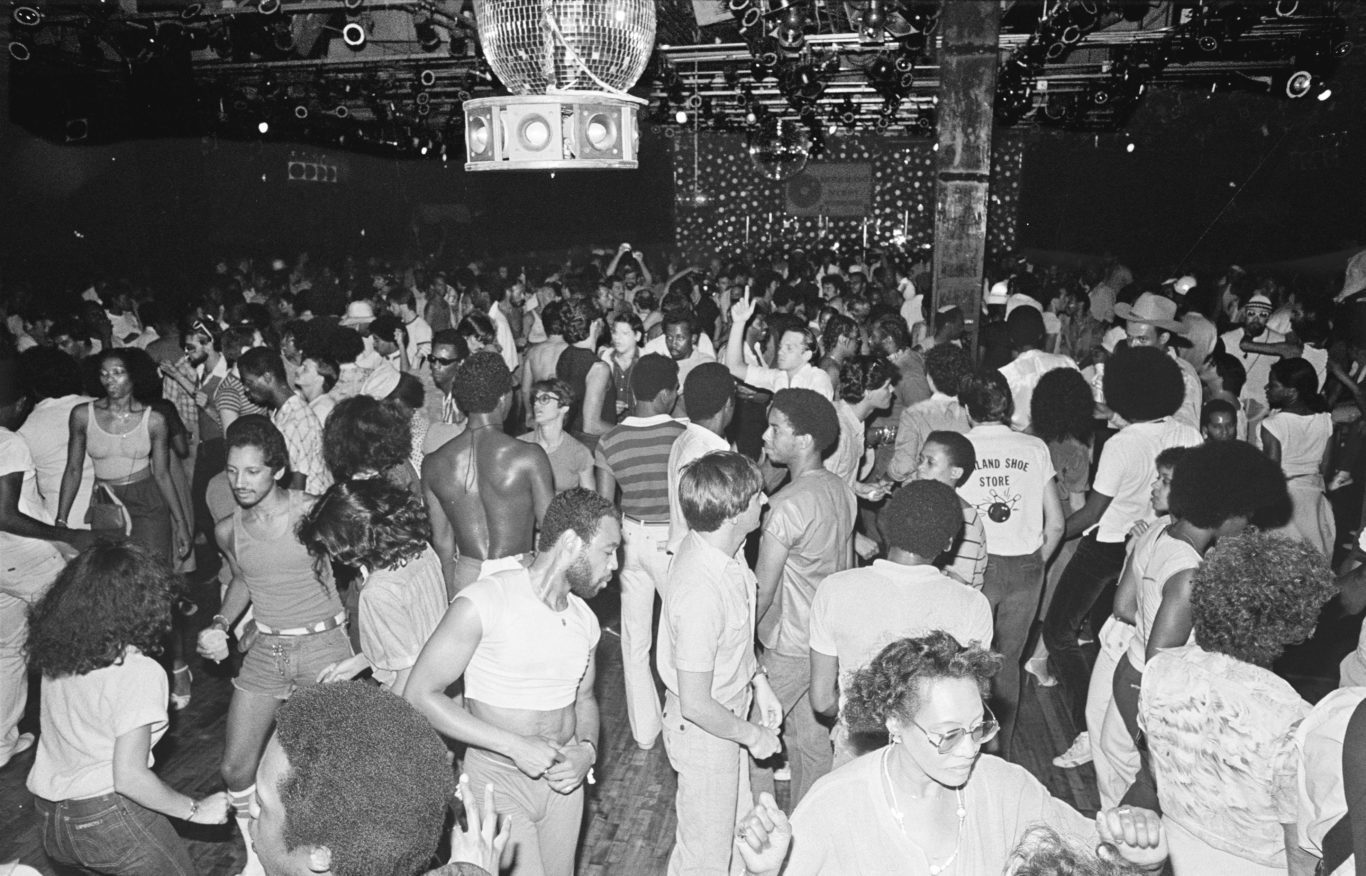
Back in ‘90s Marysville, we weren’t snorting snow in gilded bathrooms or shacking up with Bianca Jagger. We were eight, and while it wasn’t a New York City night club, the Marysville skating rink was just about the coolest place an eight year old could throw a birthday party in a 20 mile radius. We didn’t have drugs or Halston dresses, but we were rich with ice cream cake and the flavored roll-on lip-gloss the rink sold for $3 (I’m still convinced it was fruit-flavored vegetable oil). The DJ? Certainly not Larry Levan or Frankie Knuckles. I’m fairly sure there wasn’t even a human behind the music programming at all, but a CD that favored acts like Shaggy, LeAnn Rimes, and Hanson. Such were the times.
Naturally, there’s no comparison between the glamorous disco clubs of the ‘70s and my barely-local roller rink, but they both boasted that mirrored mosaic sphere that is the disco ball; and that’s one of the most magical things about it. Aside from its overwhelming ability to *sparkle*, the disco ball is a remarkably democratic piece of party paraphernalia. Even if you aren’t among the rich and famous folks about town, chances are you can afford a seat at a bar with a disco ball overhead, or better yet, your own for home use. This may not have been the case in the early 1970s, when manufacturers like Omega were charging around $4,000 for a 48-inch ball. These days you can nab one second-hand, buy an inflatable version, or even make your own. The possibilities are endless, and the emblem is timeless.
New York’s own Museum of Sex recognized this timelessness; the museum has enshrined the disco era in Night Fever: New York Disco 1977-1979, a collection of photographs by Bill Bernstein, who captured iconic nightlife images at joints like Studio 54, Xenon, Electric Circus, and more. Bernstein was the man on the scene, and to honor his exceptional work, MoSex didn’t go the normal route with regards to museum curation. Instead of white walls, frames, and text panels, MoSex transformed their bar into a disco itself, playing nonstop cuts like “Boogie Oogie Oogie,” “Ladies Night,” “A Fifth of Beethoven,” and all the Bee Gees hits you can strut to. According to MoSex’s website, Night Fever includes a “an original Richard Long Audio System (infamously associated with clubs like Studio 54 and Paradise Garage) along with guest appearances by disco-era DJs” and “a retro ‘70s cocktail menu” to enhance the experience. Oh, and a total of SEVEN disco balls. One large ball in the center of the ceiling, and six smaller ones clustered around it, like planets surrounding the sun.
The lasting presence of the disco ball is perhaps its most fascinating quality. It remains a completely relevant symbol (as proven by acts like Madonna, U2, and the English music festival Bestival) despite being completely analog. At the end of the day, the disco ball is merely a sphere covered in mirrored squares of varying size. And yet it is so much more than that. It is a silent choreographer, keeping the room in perpetual motion…an egalitarian beacon, showering everyone with a little bit of spotlight.
[/fusion_builder_column][/fusion_builder_row][/fusion_builder_container]

